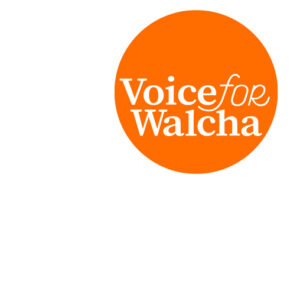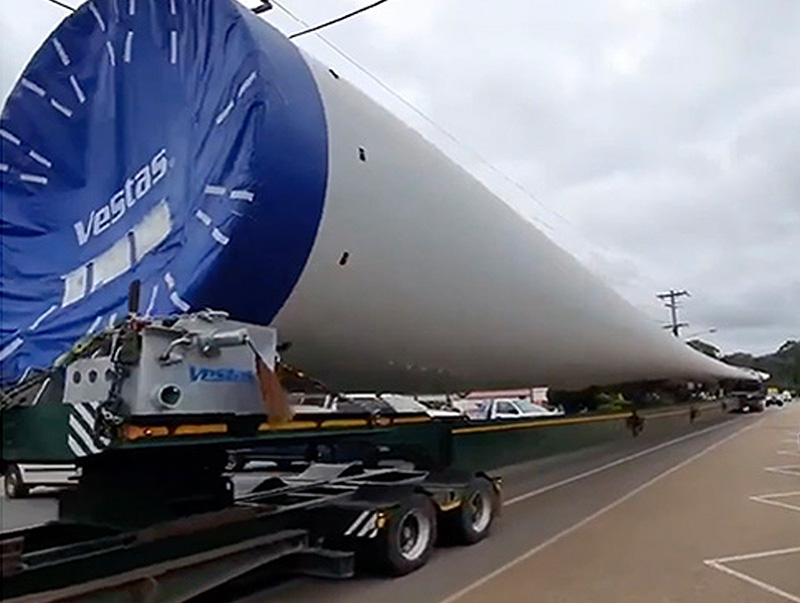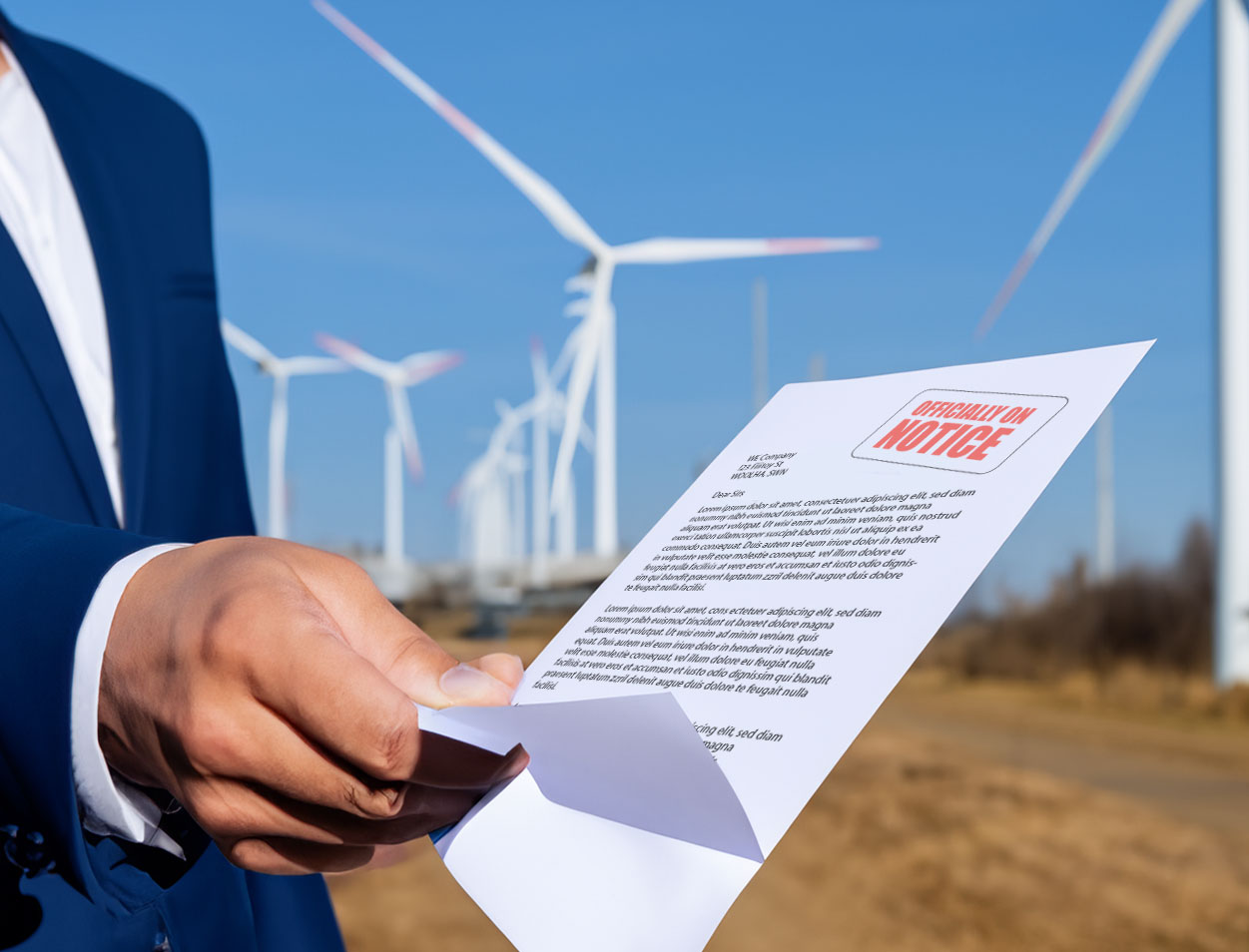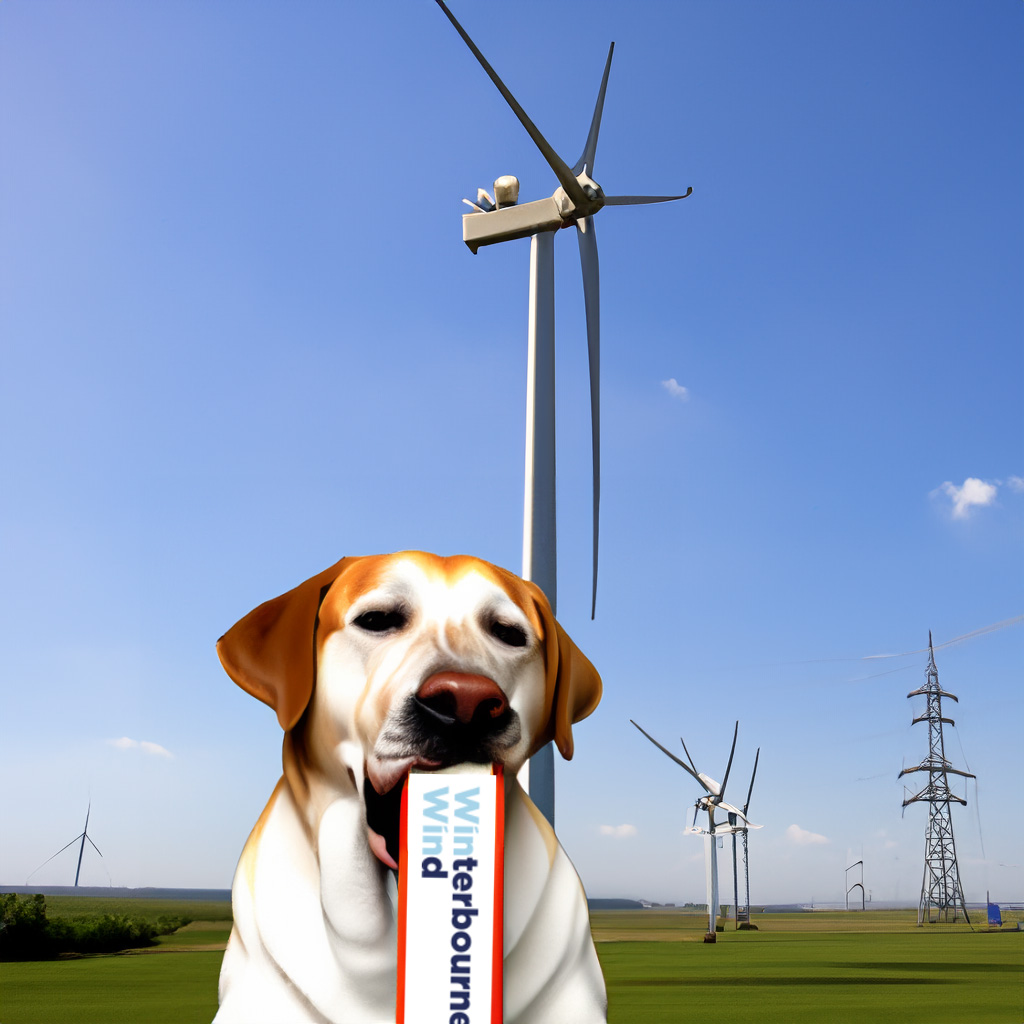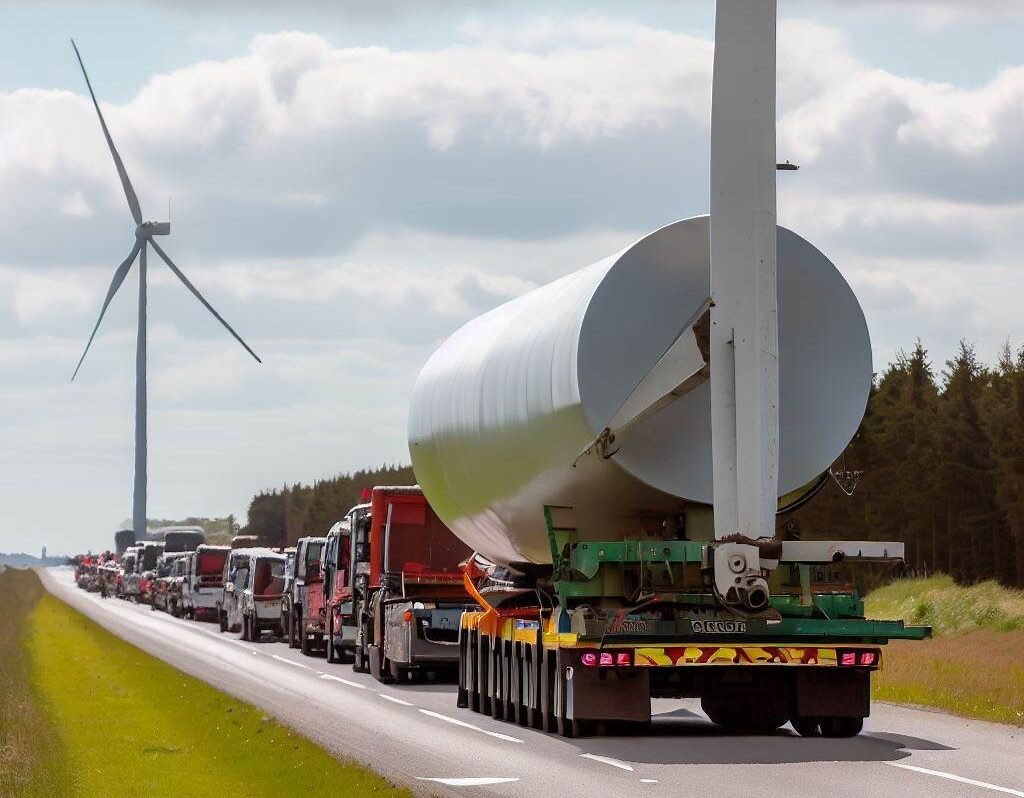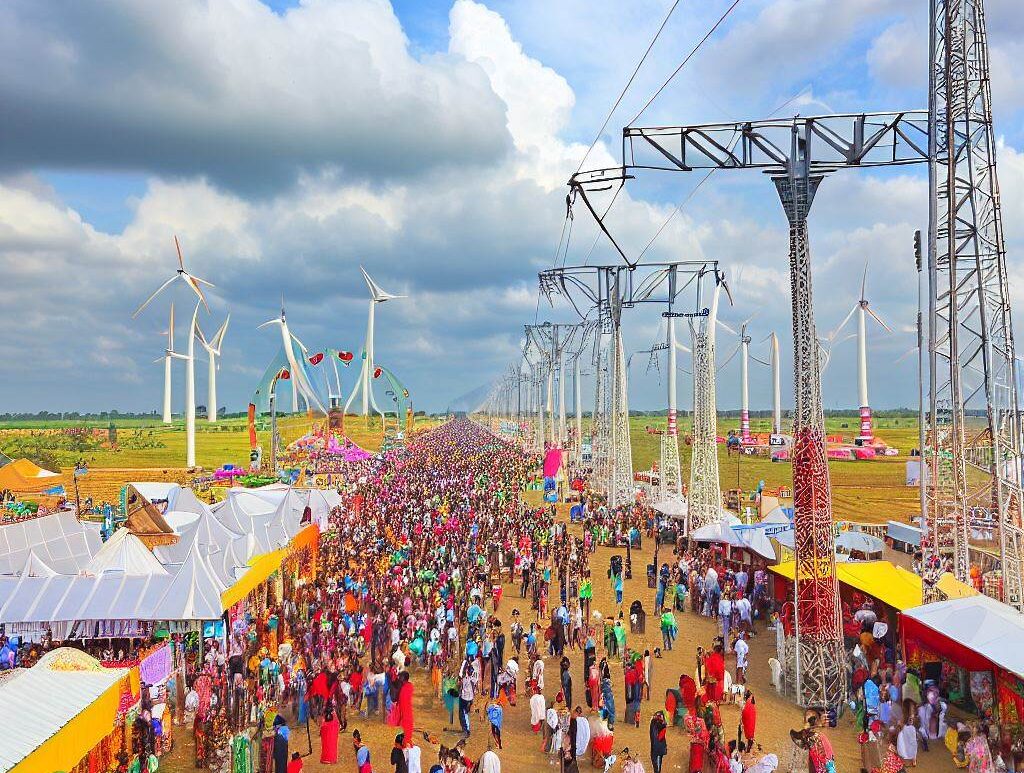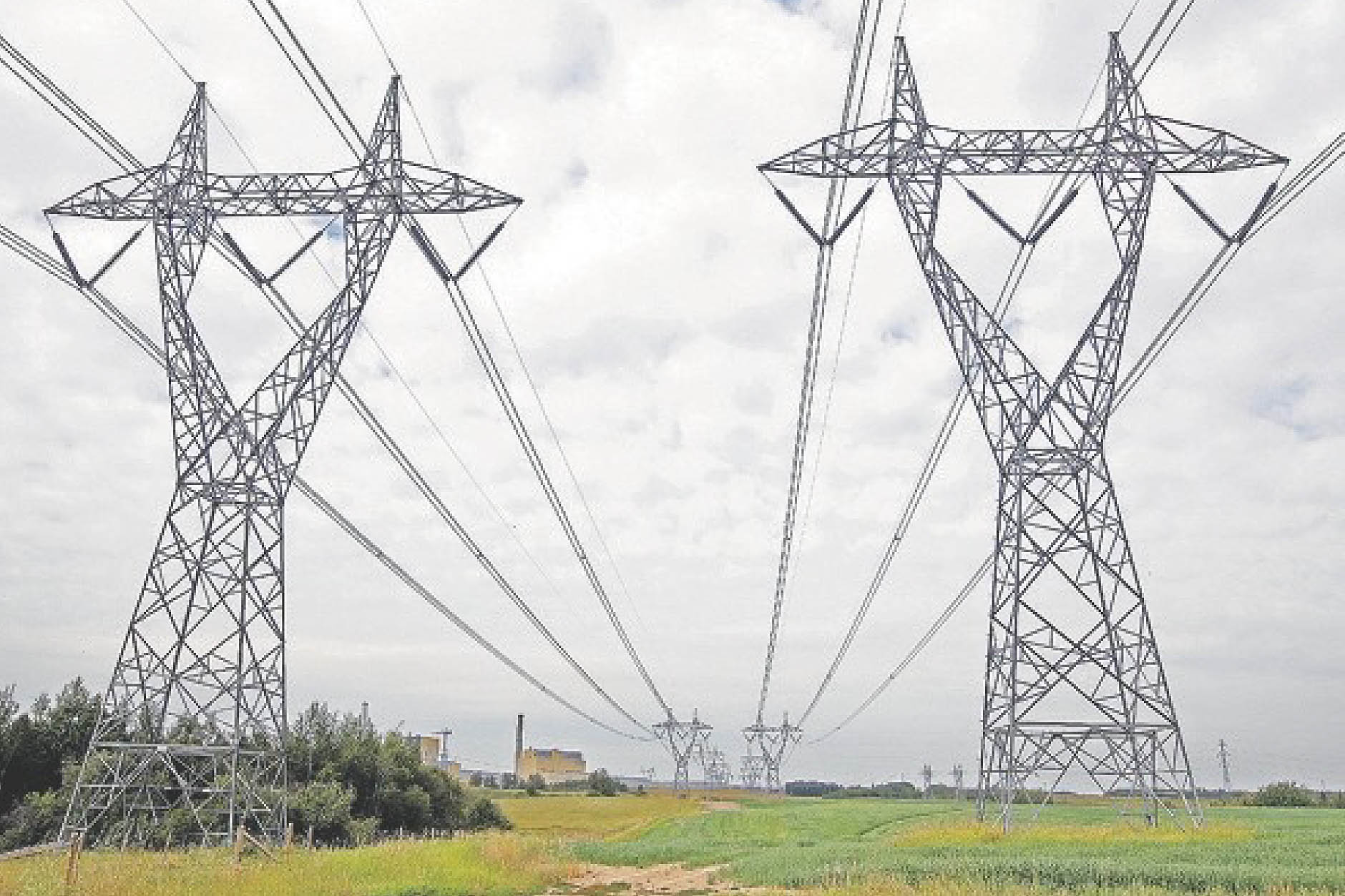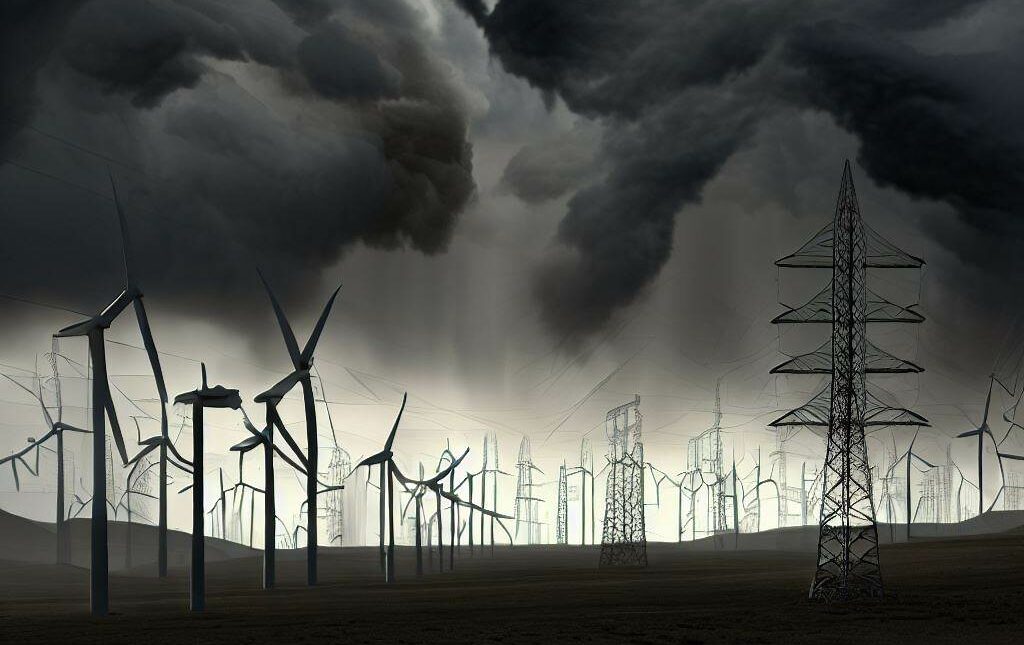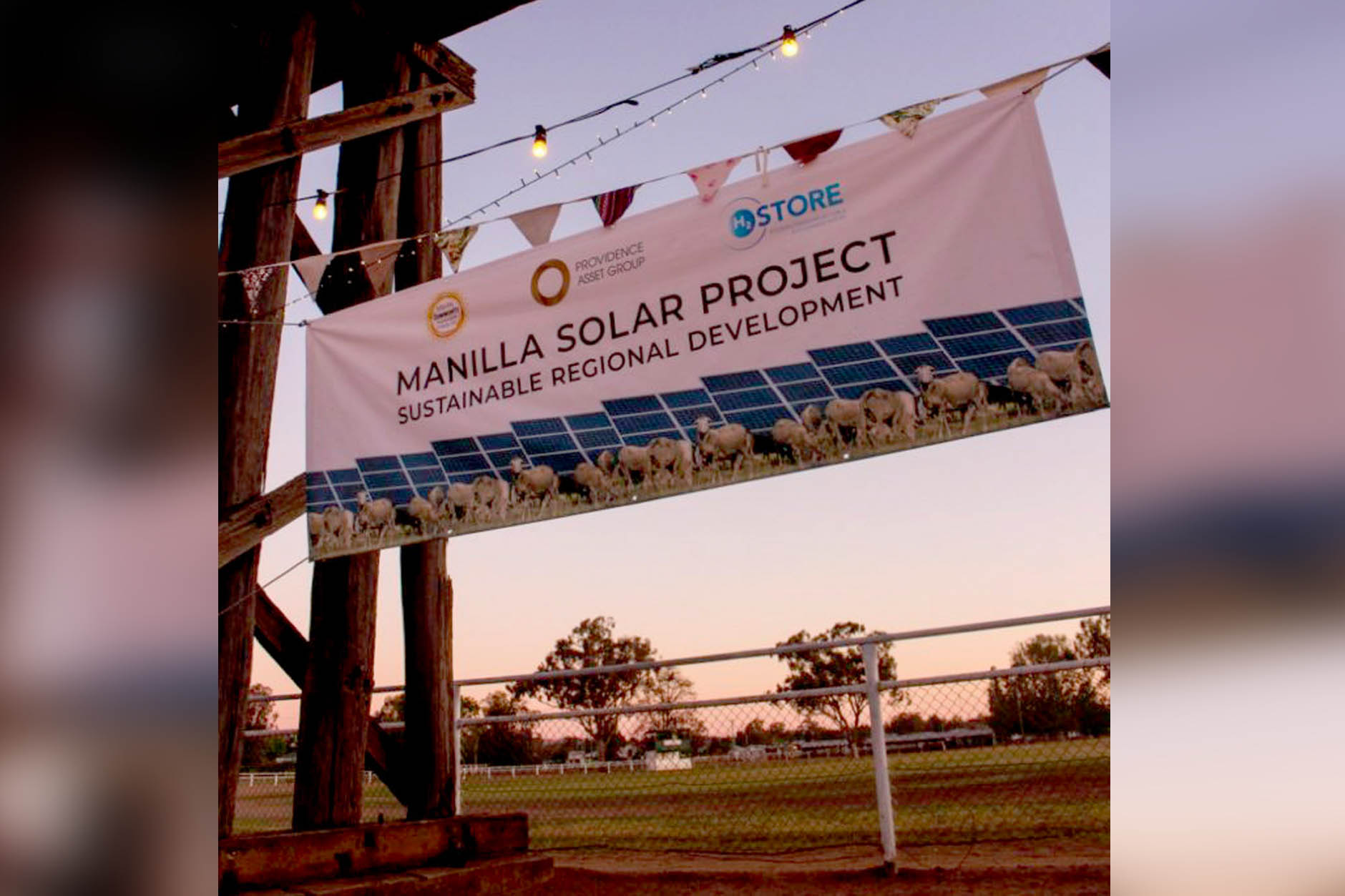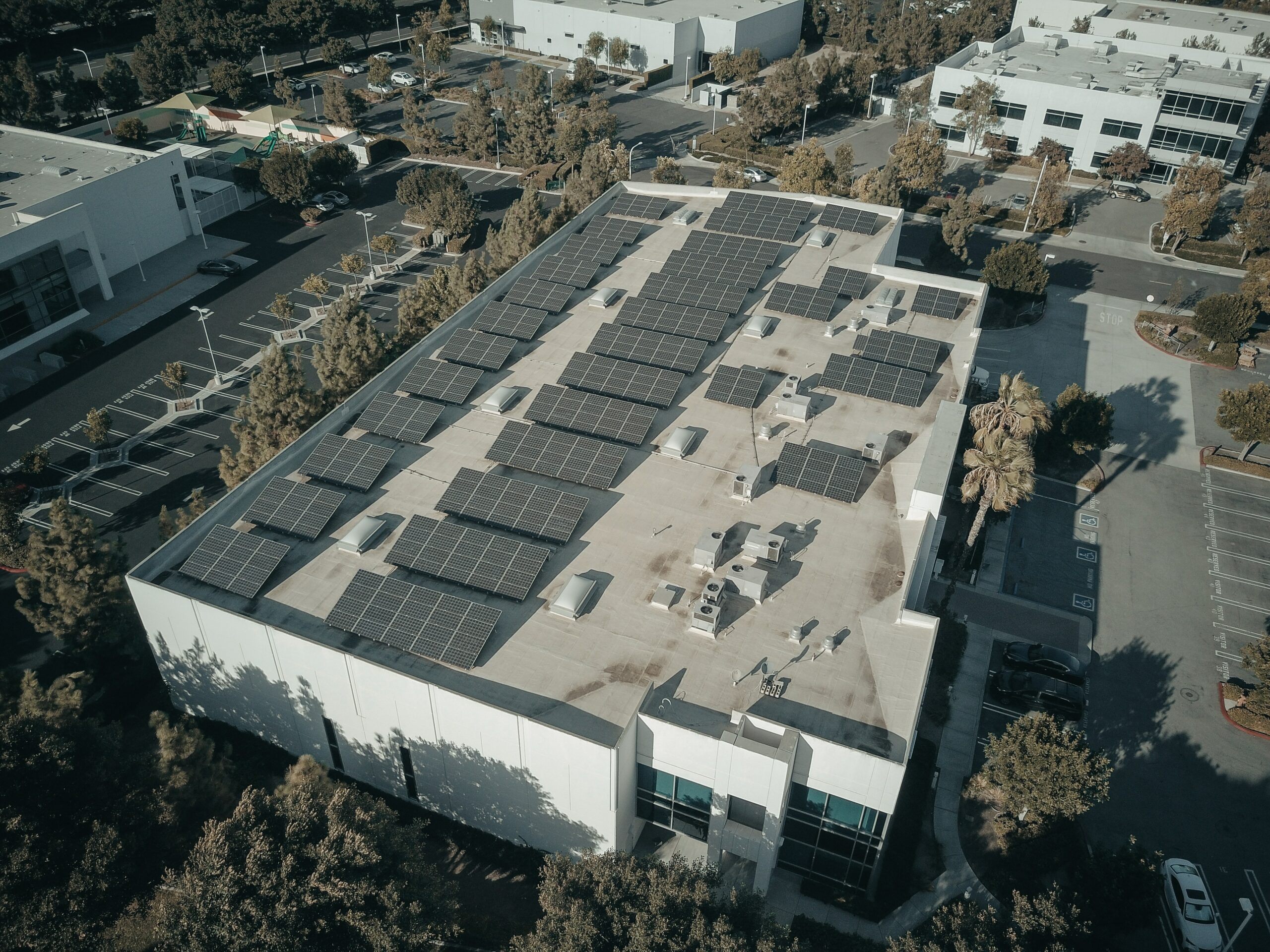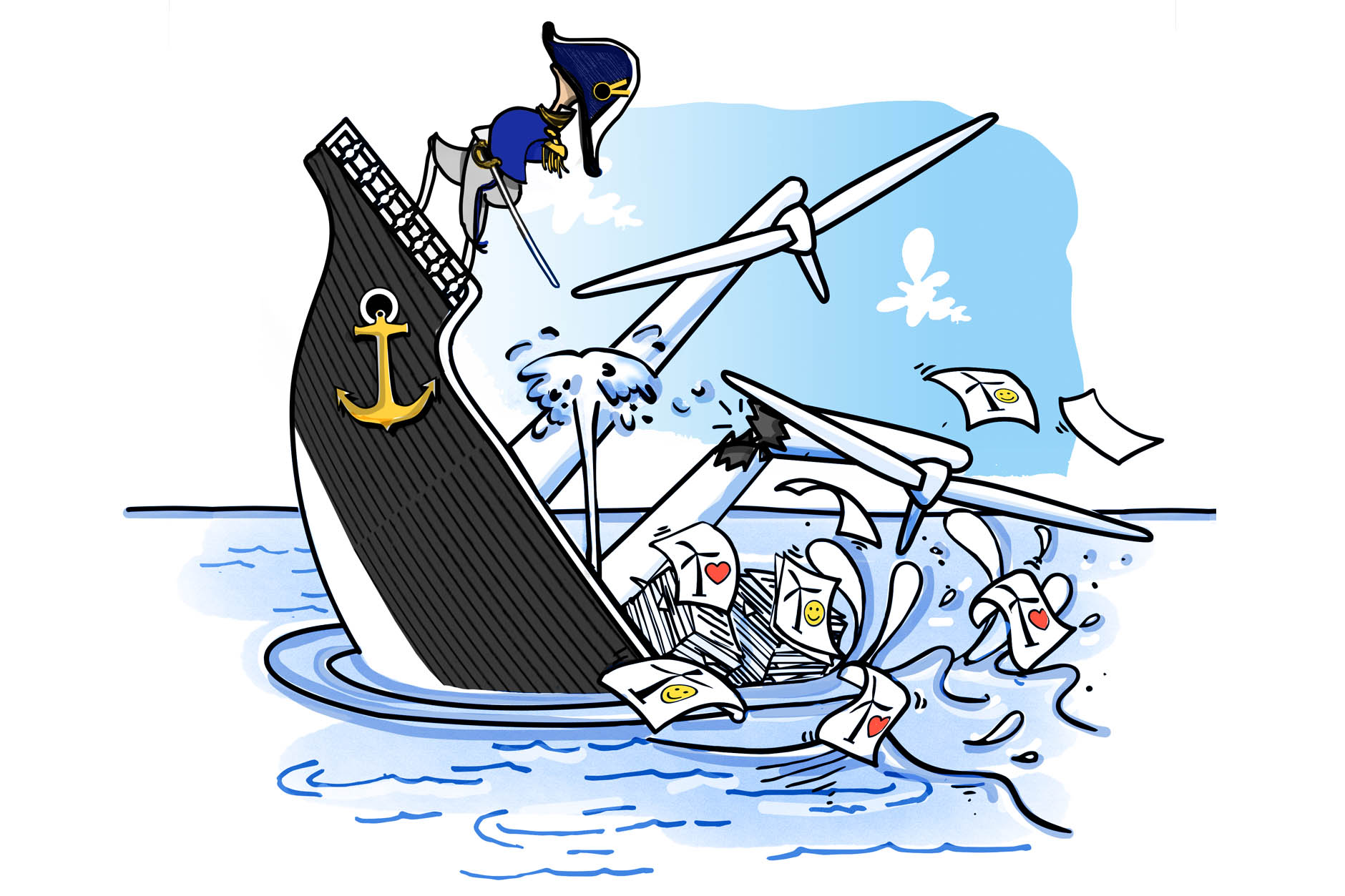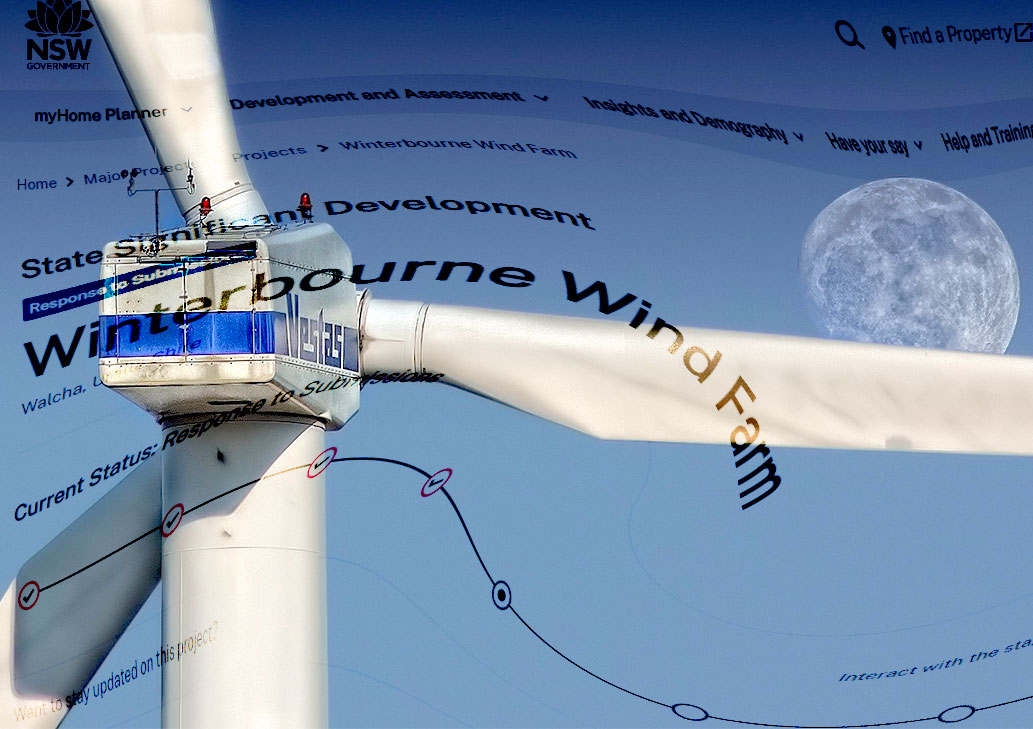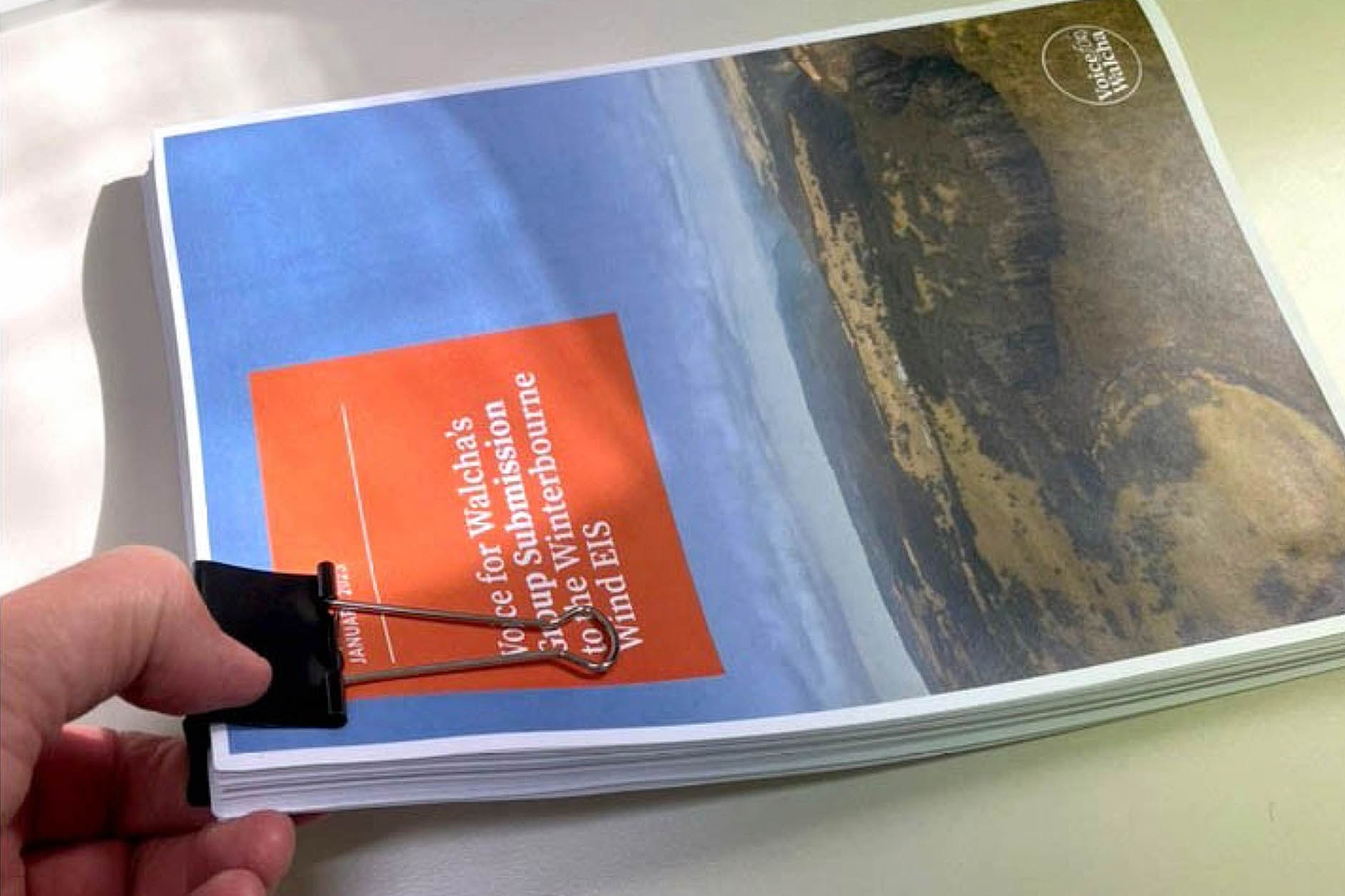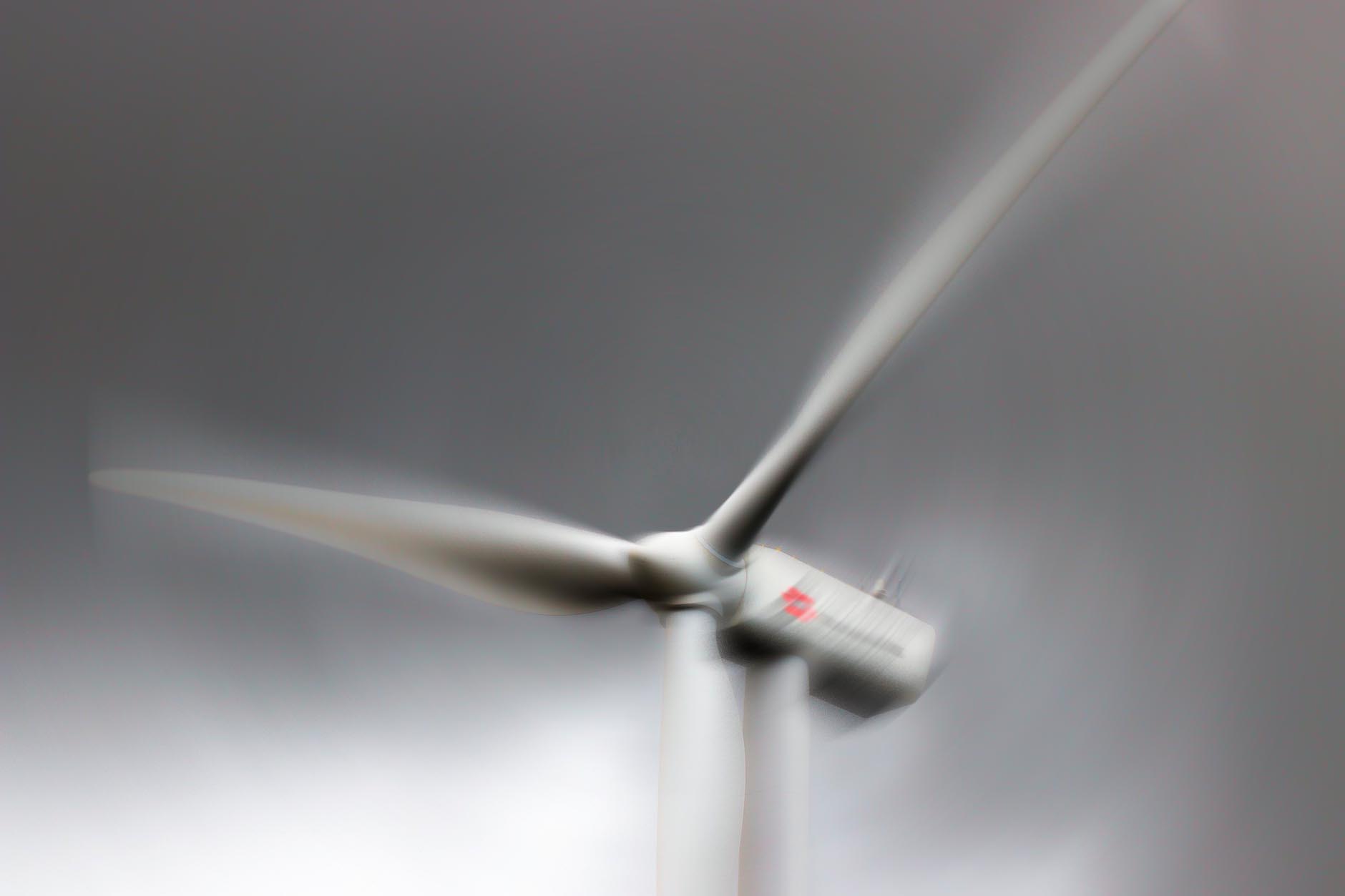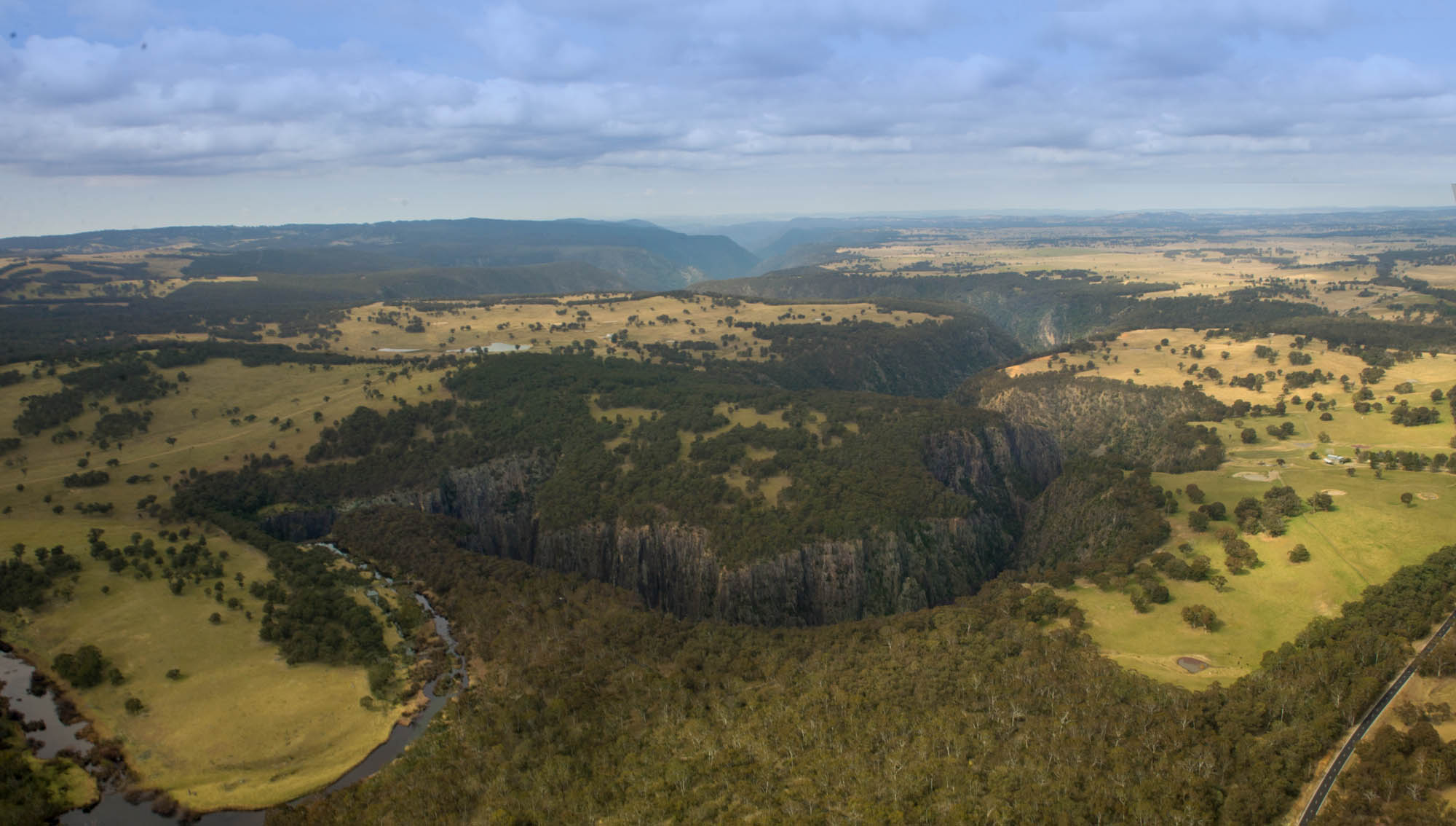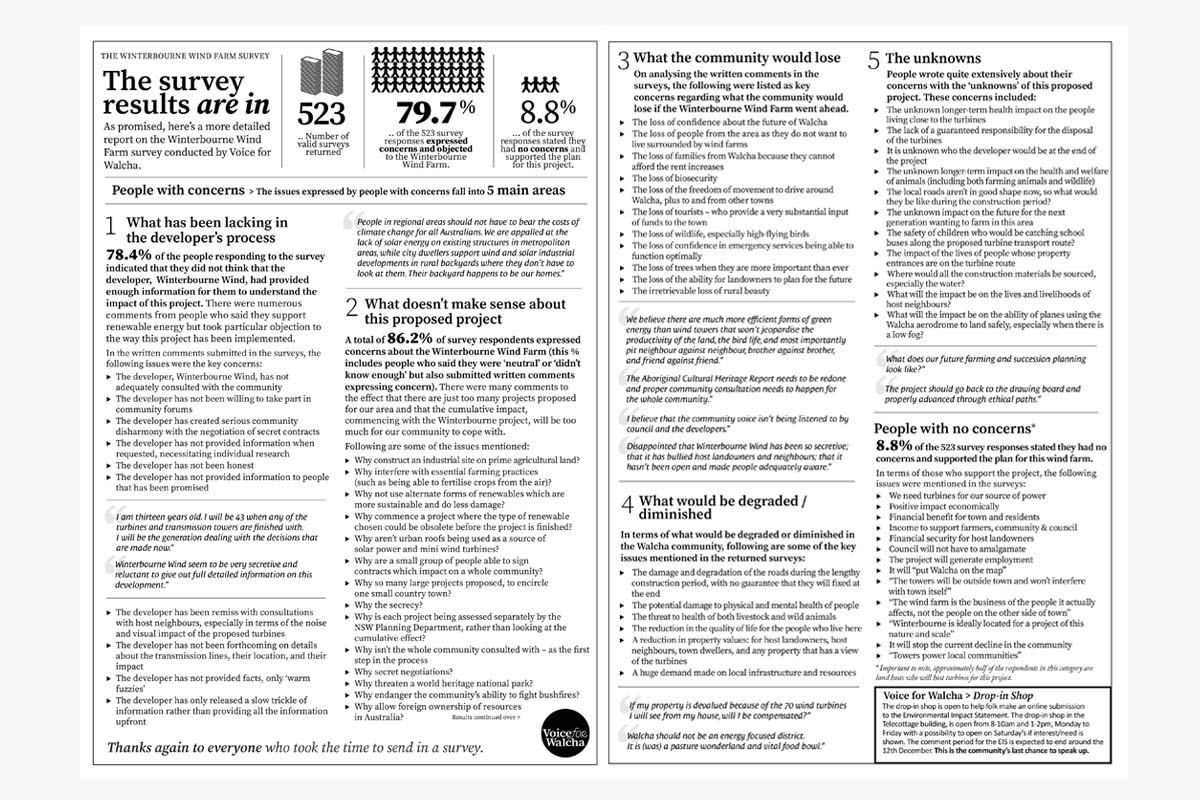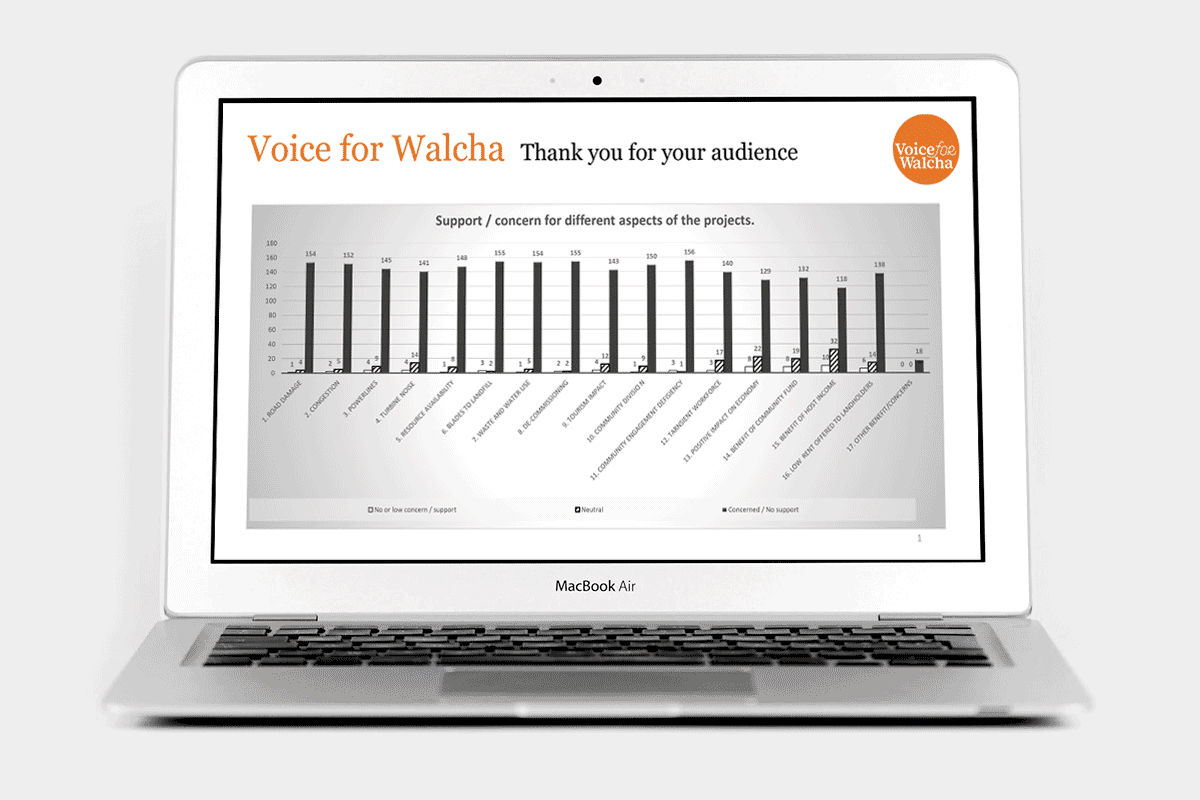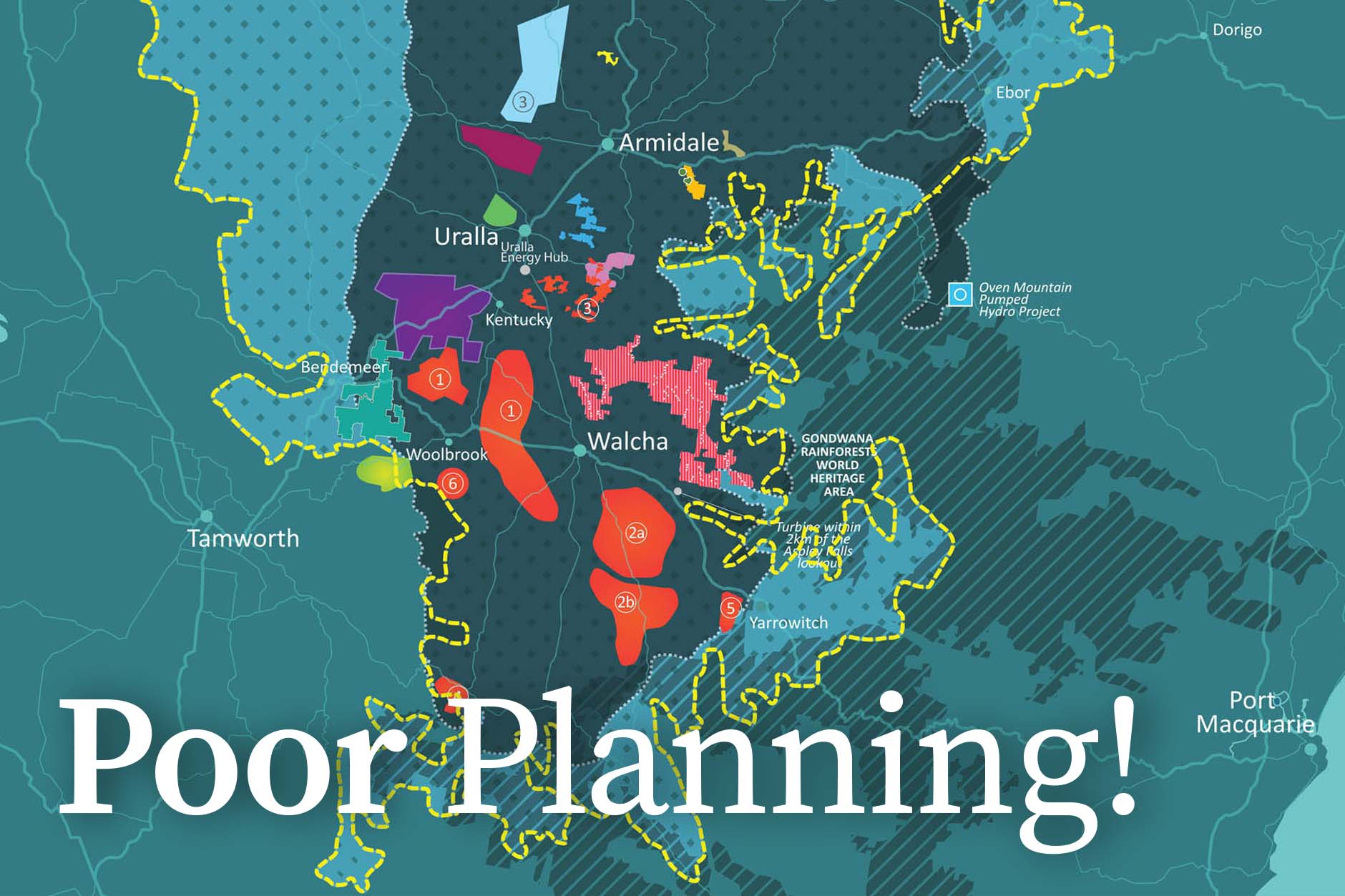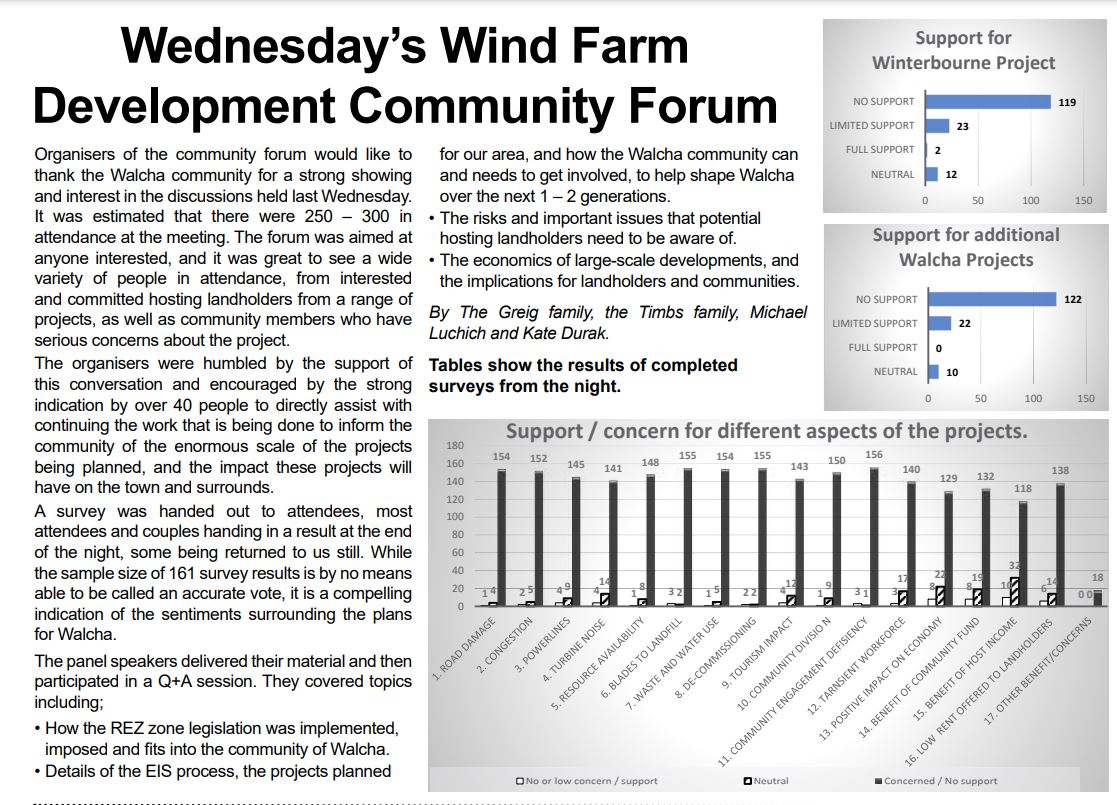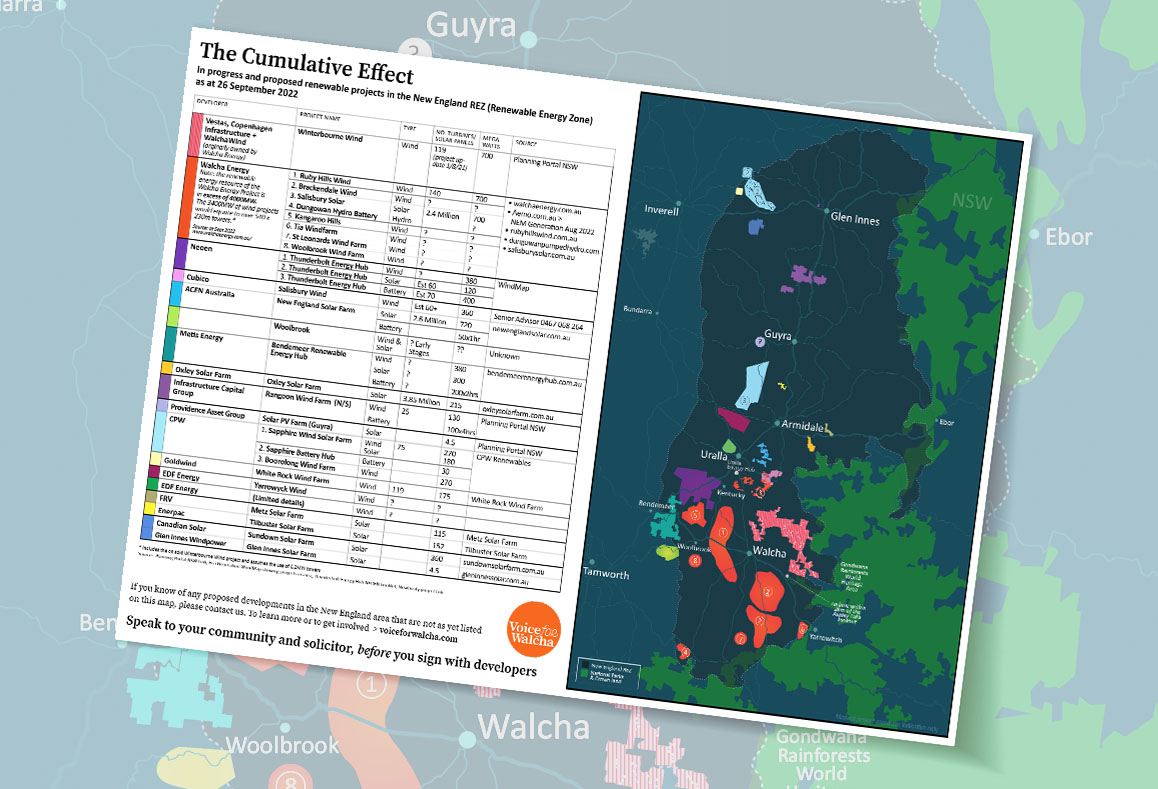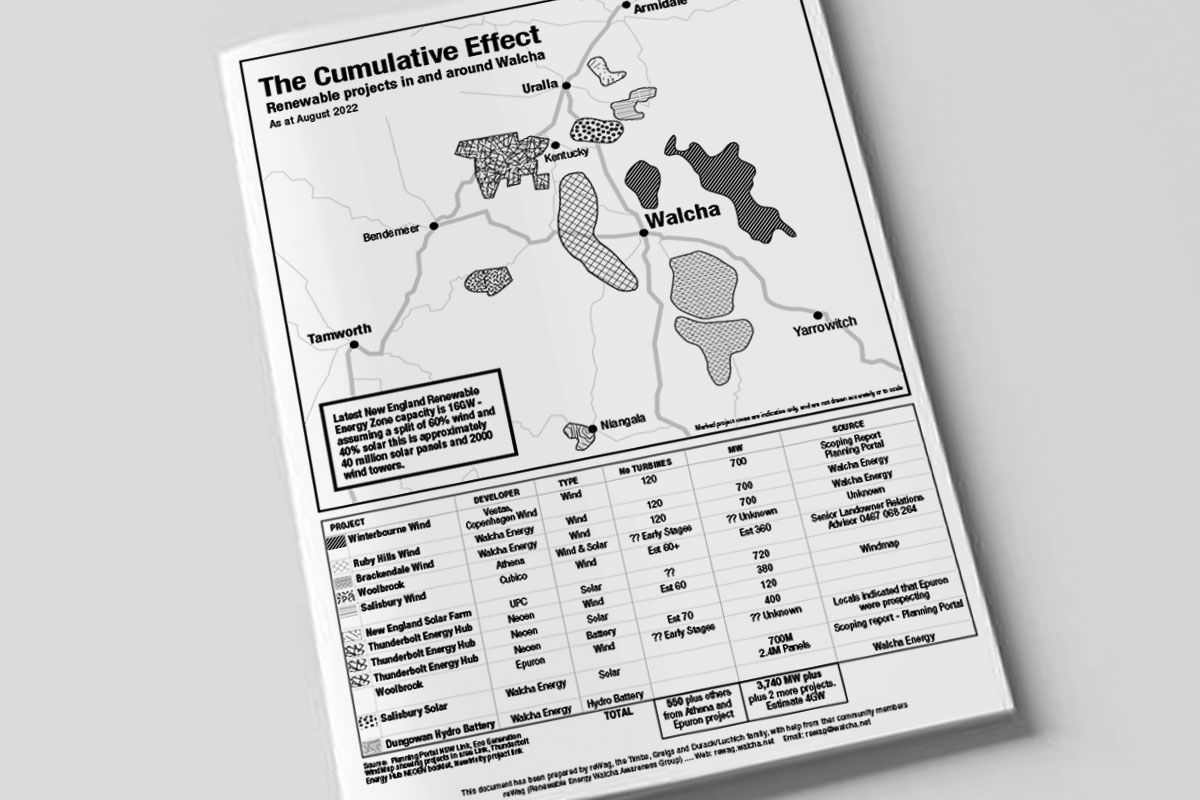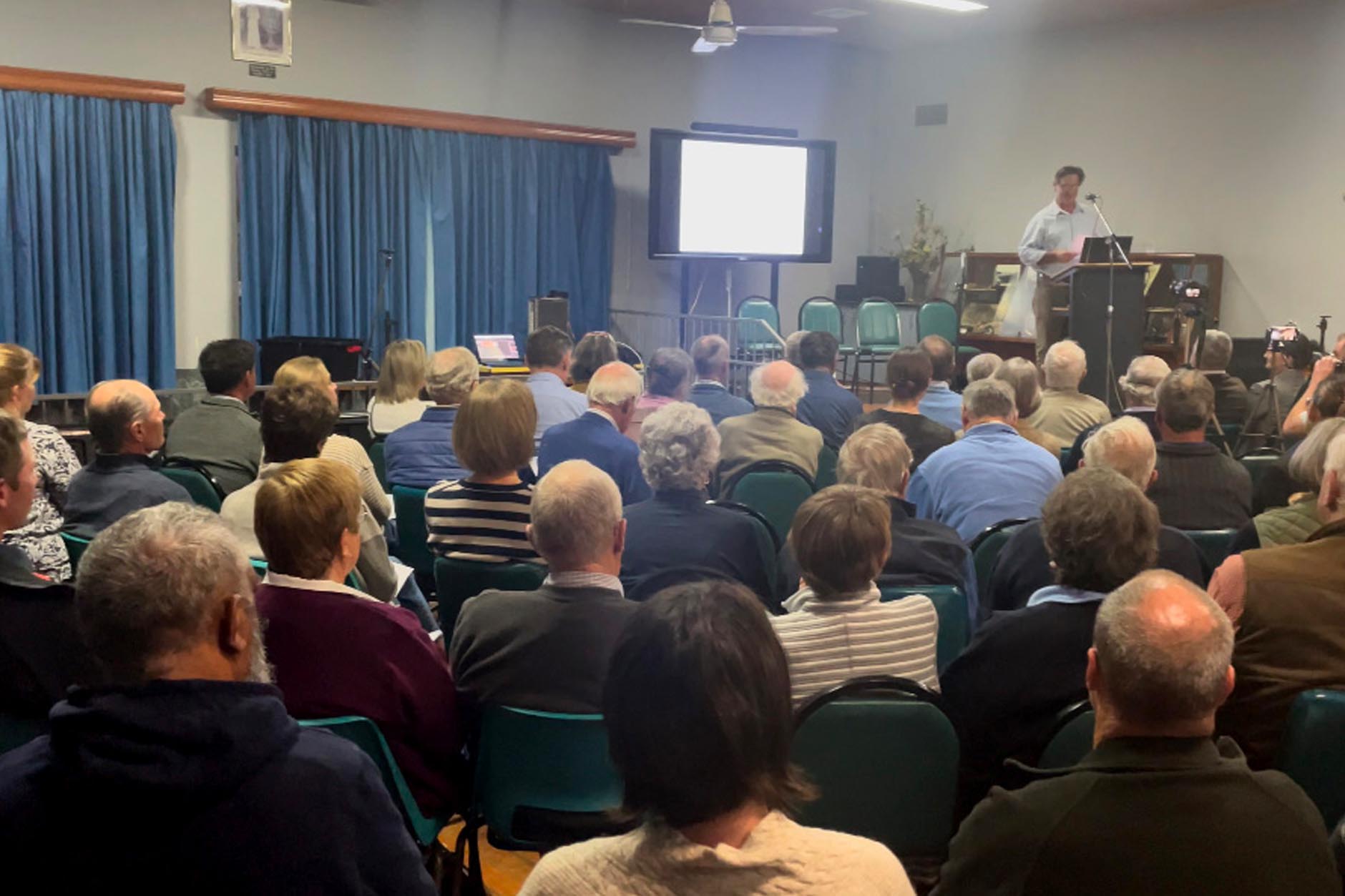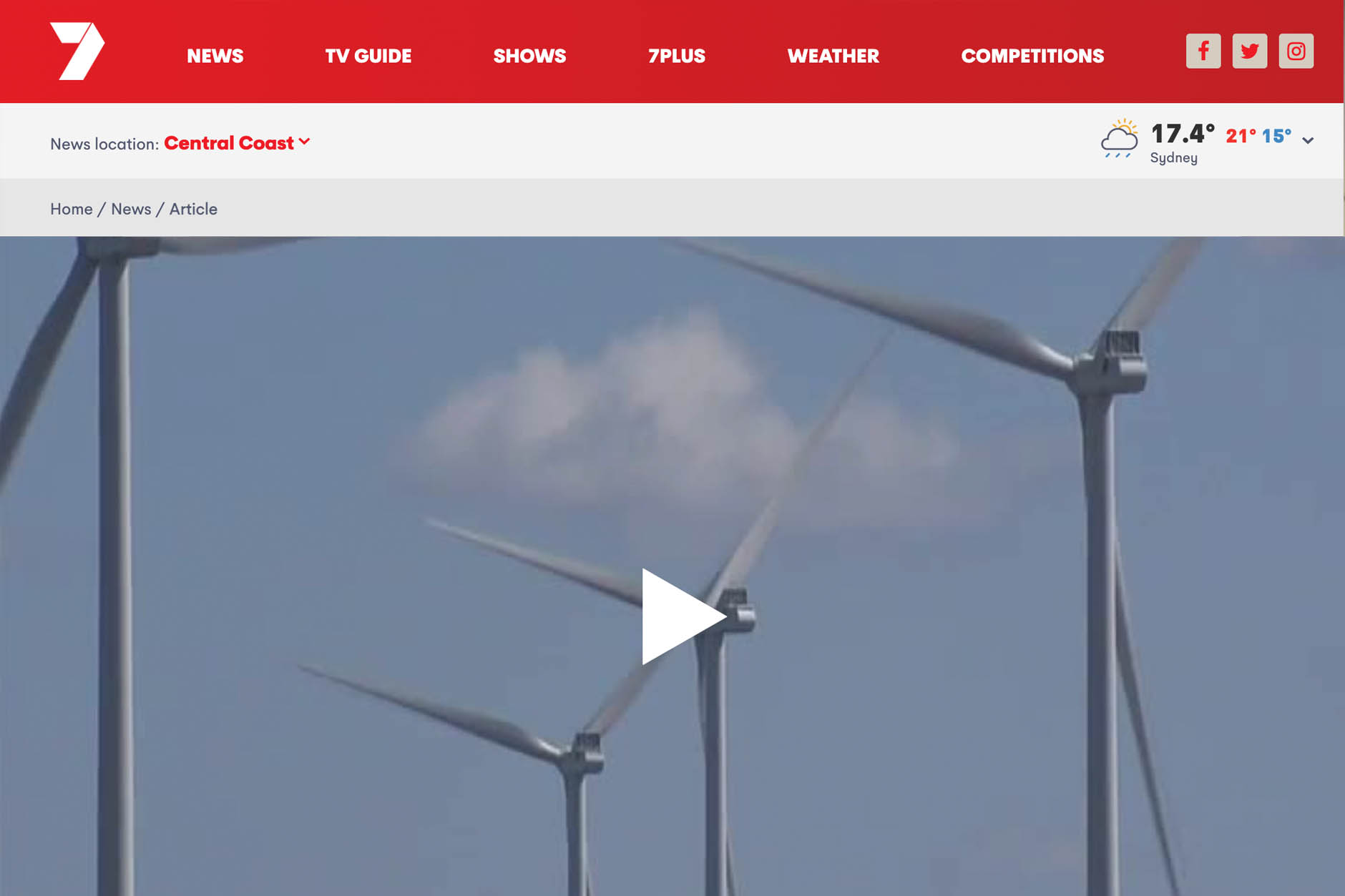Oversize Over Mass Traffic

Heavy Vehicle Movements (other than OSOM)
Winterbourne Wind EIS has provided us with an insight into the construction period. Lets add Ruby Hills. Construction for Winterbourne is 30 months, Ruby Hills longer, with a peak period of 10 months for Winterbourne, presumably longer for Ruby Hills.
During peak construction, truck movements required for Winterbourne during peak period, is 288 semi-trailer loads or B-double loads per day. Note: current number of heavy vehicles on Oxley highway is 115/day.
For the remainder of the project, this number is 176 semi-trailer loads or B-double loads per day. During this construction period, operation will be 6 days a week, 7am till 6pm Monday to Friday and 8am to 6pm Saturdays.
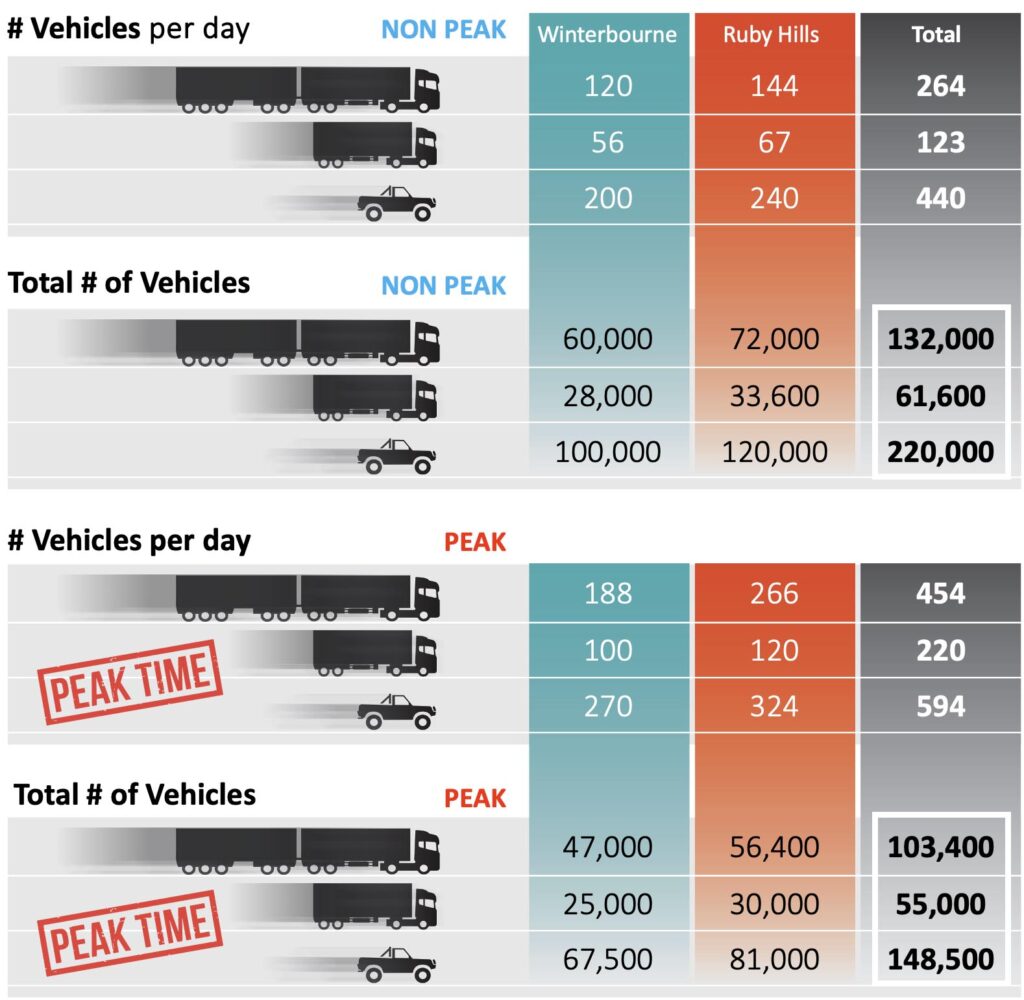
Reference: Winterbourne EIS p223
Summary of total Vehicle Movements for Winterbourne and Ruby Hills Wind Farm projects, entering the Walcha LGA
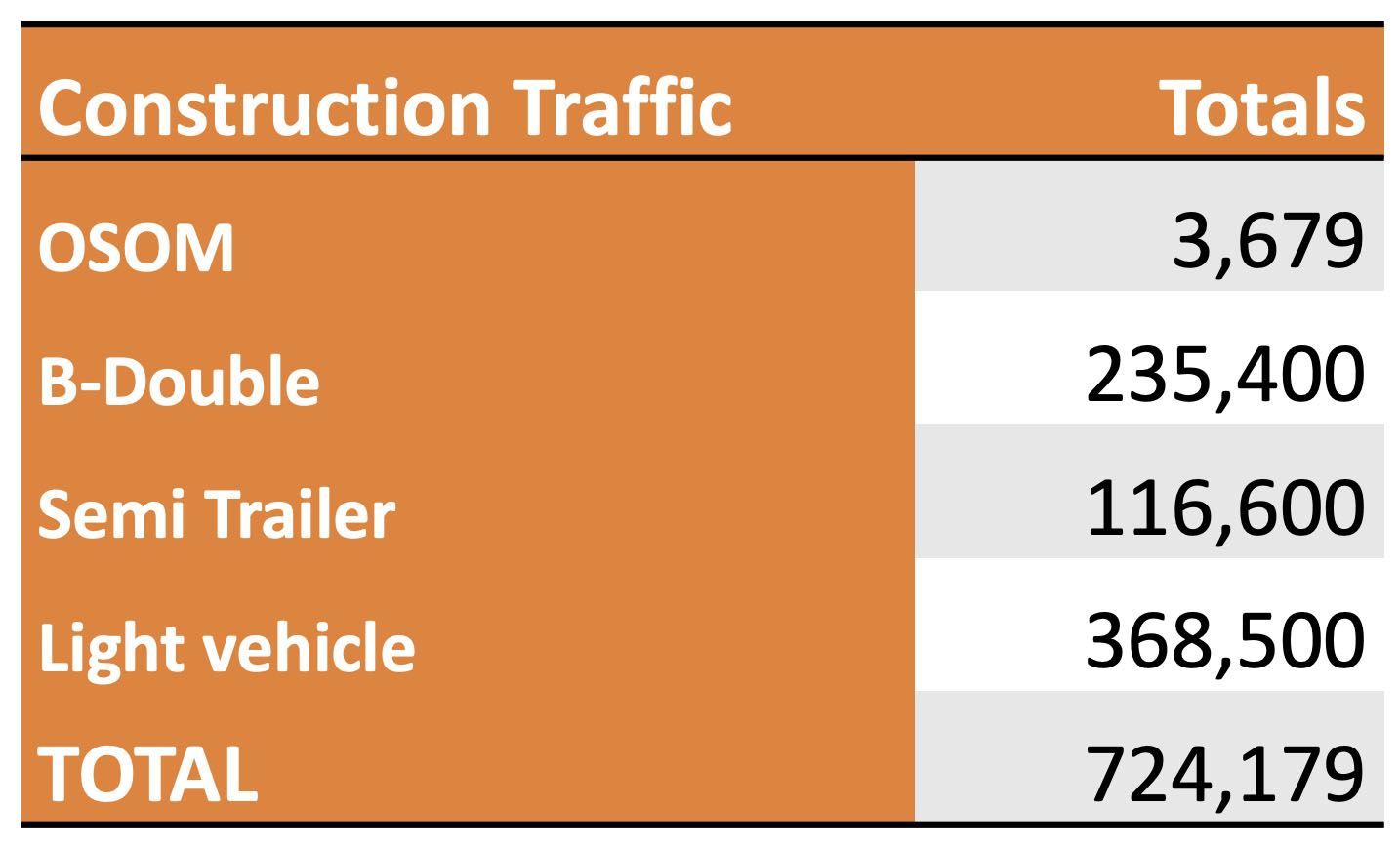
Reference: Winterbourne EIS p223
The cost-benefit analysis should include the impact to our valuable landscape and biodiversity.
Imagine this …
The 950 cubic meters of concrete and the 150 tonnes of steel required for 1 footing. So multiply this number by 283 and we have coming into Walcha 42,450 tonnes of steel and 268,850 cubic meters of concrete that will be buried in our landscape. One's mind must boggle at the scale of how our landscape is being changed. This is just the footing, and does not include any construction of sub-stations, transmission towers, roads etc.
To put this in perspective the footings for 283 Wind turbines proposed in Winterbourne and Ruby Hills will require more than 41,000 concrete trucks alone.


